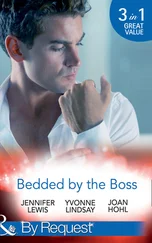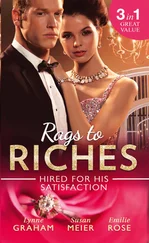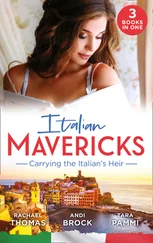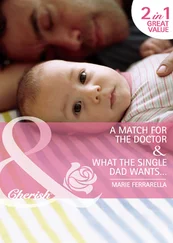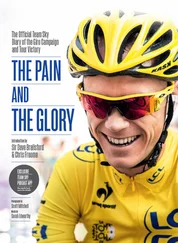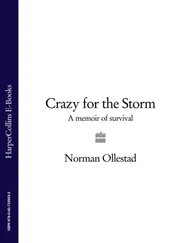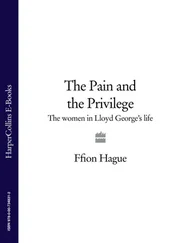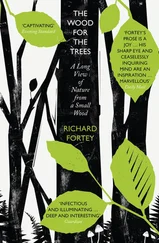Bernborough was scratched from the 1946 Melbourne Cup a week before the event. Believing as I do that he would have won the Caulfield Cup comfortably if his rider had allowed him, I have no trouble in supposing that he could have won the Melbourne Cup as well. Assuming that he was entered for the Melbourne Cup of the following year and was allotted a weight a little more than Phar Lap’s weight in 1931, then I feel justified in my belief that Bernborough rivals Carbine in being our greatest horse. The querulous reader perhaps needs reminding that Phar Lap and Carbine were both bred in New Zealand, whereas Bernborough was bred in Queensland. I could have saved myself the trouble of writing this and the previous paragraph; I could have asserted without fear of contradiction that Bernborough is the greatest horse ever bred in Australia.
I find it peculiarly satisfying that the year when Bernborough became famous was the same year in which I began to read the Sporting Globe and to find in horse racing more than I would ever find in any religious or philosophical system. As corny as it sounds, Bernborough and I were meant for each other. I had searched from the first for pictures of horses that came from behind the leaders to claim victory, and here was a horse who came from behind the whole field. I seem to have been at an early age some sort of contrarian who enjoyed seeing the leader run down; the widespread expectation confounded; the winner come from far back; the champion overcome impossible-seeming circumstances. I have no clear recollection of having done so, but I feel sure that I would have arranged at least once with my glass marbles on the lounge-room mat or my chips of stone on my pretend-racecourse under the lilac bush a race in which the winner came from last at the turn, and would have done this before I first heard of Bernborough or saw the pictures of his finishing run in the T. M. Ahern Memorial Handicap and without expecting ever to see an actual horse achieve such a victory.
I found so much meaning in Bernborough finishes that I looked for them in fields other than horse racing, although with little success. At the Bendigo Thousand professional athletics meeting each year, I watched the tailenders in the last lap of every long-distance race, willing them to sweep around the field and to gather in the leaders. I sometimes persuaded my brother and a few of the children from next door to take part in a race of several laps around our house. Early in each race, I dropped far behind the second-last runner. In the language of racing commentators, I was going to come from nowhere or from the clouds; I was going to descend on the leaders or to drop on them in the shadows of the post or to do a Bernborough; but I was mostly an also-ran.
Of all the Melbourne Cups that I’ve watched, I recall most often that of 1983 when Kiwi (Dark blue, white crossed sashes, red armbands, pale-blue cap) trailed the field into the straight and won running away. The Oakleigh Plate is a sprint of 1100 metres, and yet I’ve been twice fortunate to see the winner come from last at the top of the comparatively short Caulfield straight. New Statesman (Blue, red striped sleeves, yellow cap) did it in 1962 and Woorim (Black-and-white quarters, orange cap) in 2012.
Perhaps I was trying to arrange a Bernborough performance for myself in 1957. I had passed the matriculation exam with honours in every subject but, rather than go to university as all my friends did, I hid myself for three months in a Catholic seminary, then worked as a junior clerk, and then enrolled in a two-year course at a teachers’ college. I buried myself in the ruck of primary teachers for the next ten years and used all my spare time to write a work of fiction of nearly two hundred thousand words with horse racing as one of its major themes and a section with the title ‘Bernborough comes down from the north’.
PLENTY ROAD IN Bundoora comprises nowadays six lanes of motor traffic and two tram tracks, but in the early 1940s it was a narrow bitumen road leading through open countryside north of Melbourne. A medical centre of several storeys stands today on the north-east corner of the intersection of Plenty Road and Kingsbury Drive, and nearby is one of the entrances to the vast campus of La Trobe University, but in the early 1940s Kingsbury Drive did not exist and on the site of the medical centre and the university car park were farm buildings and workers’ cottages. My parents and my two brothers and I lived in one of those cottages during my third and fourth and fifth years, and I have numerous memories from that time. One memory is of my mother’s calling me, on a certain warm afternoon, to the wireless set, as we called it, and telling me to hope that the horse Dark Felt would win the Melbourne Cup, which was about to be run. Dark Felt (Pink, black bands and cap) duly won the Melbourne Cup of 1943, and my father bought from his winnings the first motorcar that I recall having travelled in.
My father was assistant manager of the farm attached to several mental hospitals, as they were then called. Larundel, Mont Park, and Macleod hospitals were known to me only as huge buildings in the distance, but some of the trusted inmates — shabbily dressed old men who muttered to themselves — sometimes brought milk to our door or did odd jobs around our house and garden. Our house was one of a long row of such houses stretching north from near the Preston Cemetery to somewhere out of my view. The houses faced westwards, towards a rudimentary golf course on the other side of Plenty Road where the suburb of Kingsbury now stands. The leading male occupant of each house worked on the farm or in the hospitals. The men were employees of the state government and their pay would have been modest, but their being provided with low-rental houses would have helped them to live comfortably. I can call to mind a few names: Joe Hall the electrician, Percy Pinches the carpenter — a hard name to forget! — Dave Speedie, whose occupation I’ve forgotten, and George Kelly who was, I think, a gardener. I cannot recall the appearance of the first three but George I remember well, probably because he lived next door to us.
George and Bernadette Kelly were a childless couple then aged, perhaps, in their late forties. George was lean and leathery, with a face I recall as suntanned, although his having died only a few years later makes me wonder today whether he might have been permanently flushed from drinking. Bernadette was taller than George, thin, dark of hair and complexion and, according to a set of standards that I had devised even as a small boy, good-looking. She was the first woman that I recall seeing in make-up and smoking cigarettes. I surely saw Bernadette often, given that she lived next door, but now, as I write, my only clear memories of her derive from the one Sunday morning that I’m about to report. Did my mother avoid Bernadette? Or, more likely, did my father discourage my mother from mixing with a woman who smoked and drank and wore make-up?
I recall from my three years at Bundoora only two Sunday mornings. On one of the two, my father and I spent a half-hour or more with George and Bernadette Kelly in their lounge room. On the other Sunday morning, my father and I attended mass in the Church of the Sacred Heart in Preston. My parents were good Catholics, to use an expression of those times, and would never have missed Sunday mass for any light reason. Our house on the hospitals’ farmland, however, was six kilometres from the nearest church, which would have excused us from attending mass if we had had no other means of getting to church than by walking, which was mostly our situation. A Catholic family from the neighbourhood, whose name I’ve forgotten, sometimes found a place for two of our family in their large motorcar. I have no recollection of the family or of travelling in their car to and from Bell Street, Preston, but I seem to have gone there to mass sometimes with my father while the older of my brothers went sometimes with my mother. My only memory of any sort of religious observance during my years at Bundoora is as follows.
Читать дальше


